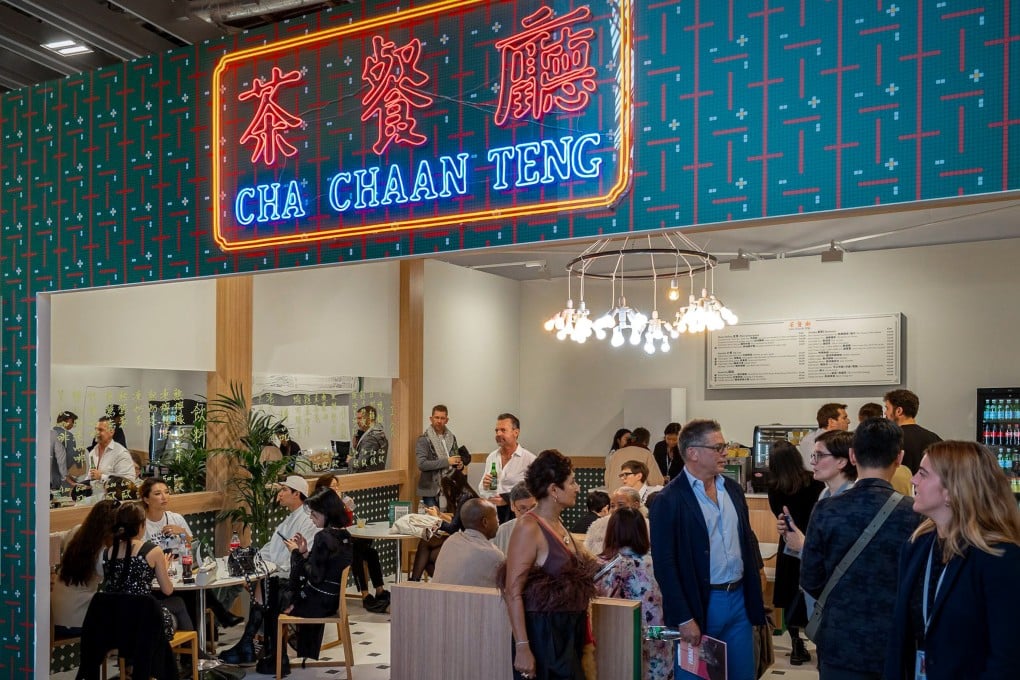Language Matters | Restaurant, deli, dai pai dong are English words. What about cha chaan teng? Hopes grow
Pop-up Hong Kong tea restaurant, or ‘cha chaan teng’, at art fair exposes the Cantonese term and bolsters the case for English to absorb it

The most exciting headline of last weekend’s Art Basel Paris was not its location in the magnificent Grand Palais, nor its 195 artist-starred galleries. For this columnist, it was Cha Chaan Teng.
This was an activation of a three-year partnership between the Hong Kong Tourism Board and Art Basel, comprising a pop-up cafe in the Grand Palais that served Hong Kong specialities including char siu with rice, pineapple buns, egg tarts, mango pudding, and Hong Kong-style yuen yeung milk tea, as well as some art, of course.
The Cha Chaan Teng installation goes beyond showcasing Hong Kong’s culinary and cultural experiences. Notably, the name used is the Cantonese cha chaan teng 茶餐廳 – translated into English as “tea restaurant” rather than the more standard translations “Hong Kong-style café”, or “typical Hong Kong teahouse”.
This is significant, because it illustrates why and how words are adopted into English, even while their roots lie in other languages.

In the first place, there are words like restaurant, cafeteria, pizzeria, and deli. Restaurant, originally French, entered English in the late 1700s. Pizzeria comes, naturally, from Italian, entering English at the end of the 1800s.

